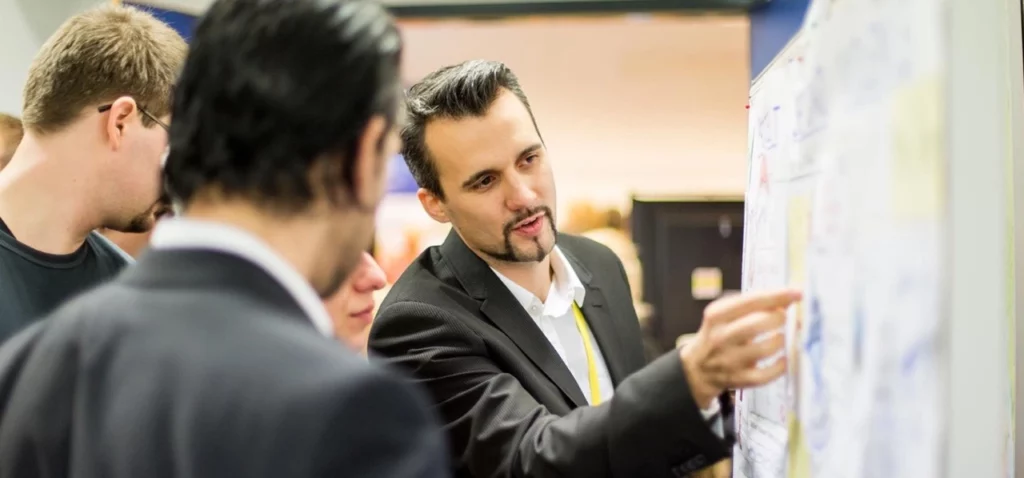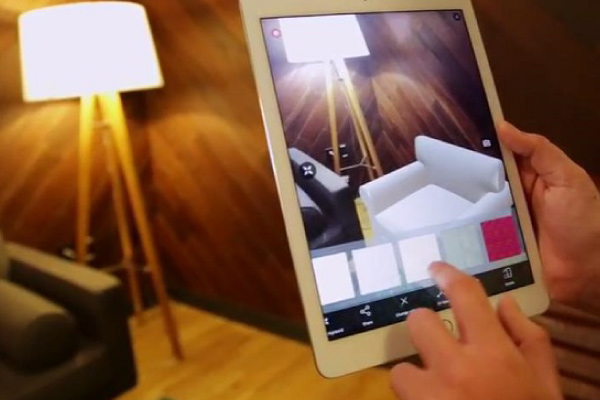Augmented reality (AR) art has been gaining traction in recent years as a way to expand and enhance our appreciation of creative content. It is an interactive, immersive form of art that bridges the gap between physical and digital experiences. AR art combines elements from both these worlds to create new, unique works of art that can be experienced on both an emotional and sensory level. By merging physical objects with digital layers, AR art breathes life into the artwork and brings it to life in ways unimaginable before. Let’s explore what AR art is and how it is being used by artists to create engaging experiences for their audience members.
What Is Augmented Reality Art?
At its core, augmented reality (AR) art is a computer-generated simulation or enhancement of a real-world environment or object. This can take many forms; it could include interactive sculptures, installations, projections, live performances, and more. In essence, AR art uses technological tools to recreate or manipulate existing physical objects or environments in order to create something entirely new—a work of “mixed reality” that exists somewhere between the two realms.
Examples of AR Art
One example of AR art comes from Padmavathi Parinayam—an Indian classical dance performance in which dancers use augmented reality technology to bring their story to life on stage. In this performance, dancers wear special costumes that are embedded with sensors which interact with 3D visuals projected onto the stage floor as they move around it. The result is an experience that combines the traditional aspects of Indian classical dance with modern visual technology.
Another example comes from The Museum of Modern Art (MoMA) which launched its own mobile app featuring several interactive elements powered by augmented reality technology. This app allows visitors to view artwork up close on their devices by tapping into their device’s camera feed; visitors can also view additional information about each piece directly within the app itself without having to leave their seat in the museum gallery. Additionally, David Bowie’s first museum exhibition used augmented reality technology to allow visitors to explore his iconic music videos while exploring the exhibit itself; meanwhile Mbryonic Dance Company’s “Augmented Reality Dance” project combines movement tracking software with projection mapping technology in order to display graphics onto a dancer’s body as they perform onstage. There are also plenty of street artists who are utilizing augmented reality technology in order to bring their artwork alive; one example is Arloopa App which allows users to scan a mural using their phone cameras and watch as it animates right before their eyes!
How Artists Are Contributing To The Development Of New Technologies With Augmented Reality Art
Not only are artists pushing the boundaries when it comes to creating new works using augmented reality technology but they are also contributing towards its development too! By introducing new mediums such as motion tracking software and projection mapping techniques into their projects, artists are pushing the limits of what is possible when working with this tech and helping foster innovation within this field at large. Additionally, by incorporating these emerging technologies into their works they are increasing accessibility for audience members who may not have been able to access such immersive experiences before due factors like location or mobility issues—and providing them with an opportunity to engage with creative content like never before!
Conclusion:
In conclusion, augmented reality art is changing the way we experience creative content forever! From interactive sculptures and installations powered by motion tracking software & projection mapping techniques all-the-way through virtual exhibitions where you get up close & personal with your favorite pieces without ever leaving your seat—these advances have made truly immersive experiences accessible for everyone regardless of location or mobility issues! What’s more? Artists themselves are contributing greatly towards fostering innovation within this field too thanks largely due these innovative projects they’re churning out every day!


